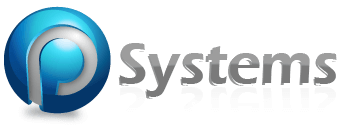
The Internet of Things (IoT) is: the use of intelligently connected devices and systems to analyze data gathered by embedded sensors in machines and other physical objects. IoT is expected to spread rapidly over the coming years and this will definitely improve the quality of life of consumers and productivity of enterprises, unlocking huge opportunities
The Internet of Things will deliver a tremendous change in individuals’ quality of life and enterprises’ productivity. Through a widely distributed, locally intelligent network of smart devices, the IoT has the potential to enable enhancements to main services in transportation, logistics, security, utilities, education, healthcare and other areas.
IoT provides opportunity for new commercial models to support mass global deployments. In order to bring new services to market. New commercial models will stand out, such as business to business to consumer (B2B2C).
For consumers, IoT will enhance their quality of life in multiple ways, such as, energy efficiency and security at home and in the city. In homes, the integration of connected smart devices and cloud-based services will help address the pressing issue of energy efficiency and security. Connected smart devices will enable a reduction in utility bills and outages, while also improving home security via remote monitoring. In cities, the development of smart grids, data analytics and autonomous vehicles will provide an intelligent platform to deliver innovations in energy management, traffic management and security, sharing the benefits of this technology throughout society
For enterprises, the ability of IoT to combine innovations in data analytics, 3D printing and sensors, will improve productivity by enhancing the quality of decision making, efficiency of production, personalization of retail and productivity of food production.
The IoT will also improve quality of health and education. By supporting a wide range of e-health services that improve access and enable monitoring of chronic diseases and age-related conditions in the home which will improve the quality of care and quality of life for patients. In education, mobile solutions will adapt the learning process to each student’s needs, which will overall proficiency levels by linking virtual and physical classrooms to make learning more fun, convenient and accessible.




